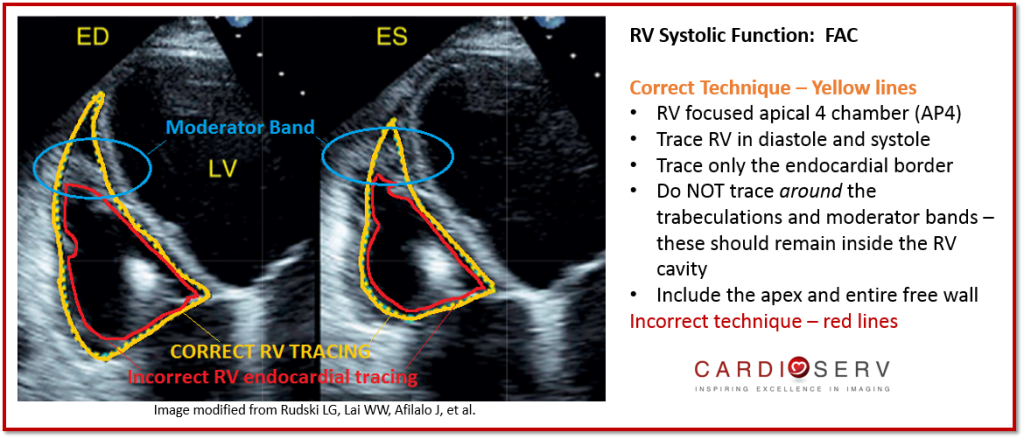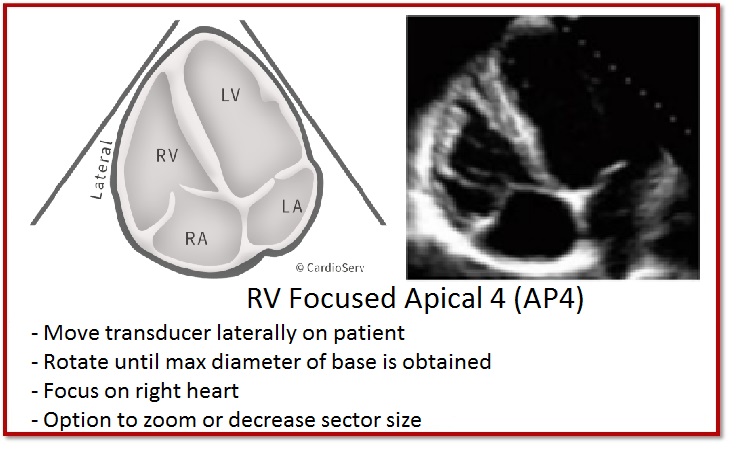We want to make sure you start the year off right in regards to meeting the new Intersocietal Accreditation Commission (IAC) Quality Improvement requirements and provide you with time saving tricks and techniques to ensure compliance. Whether your accreditation is in echocardiography, vascular, nuclear, MRI or CT we know how easy it is to fall behind on your quarterly QI requirements. We want to help you with our blog series on Accreditation Hacks. Don’t be fooled by the name, we want to teach you time hacks but never quality hacks! We believe in the process of accreditation to improve diagnostic healthcare and always focus on improving quality while saving time. This week in part one we will present a clear understanding of the new Quality Improvement changes across each modality.










